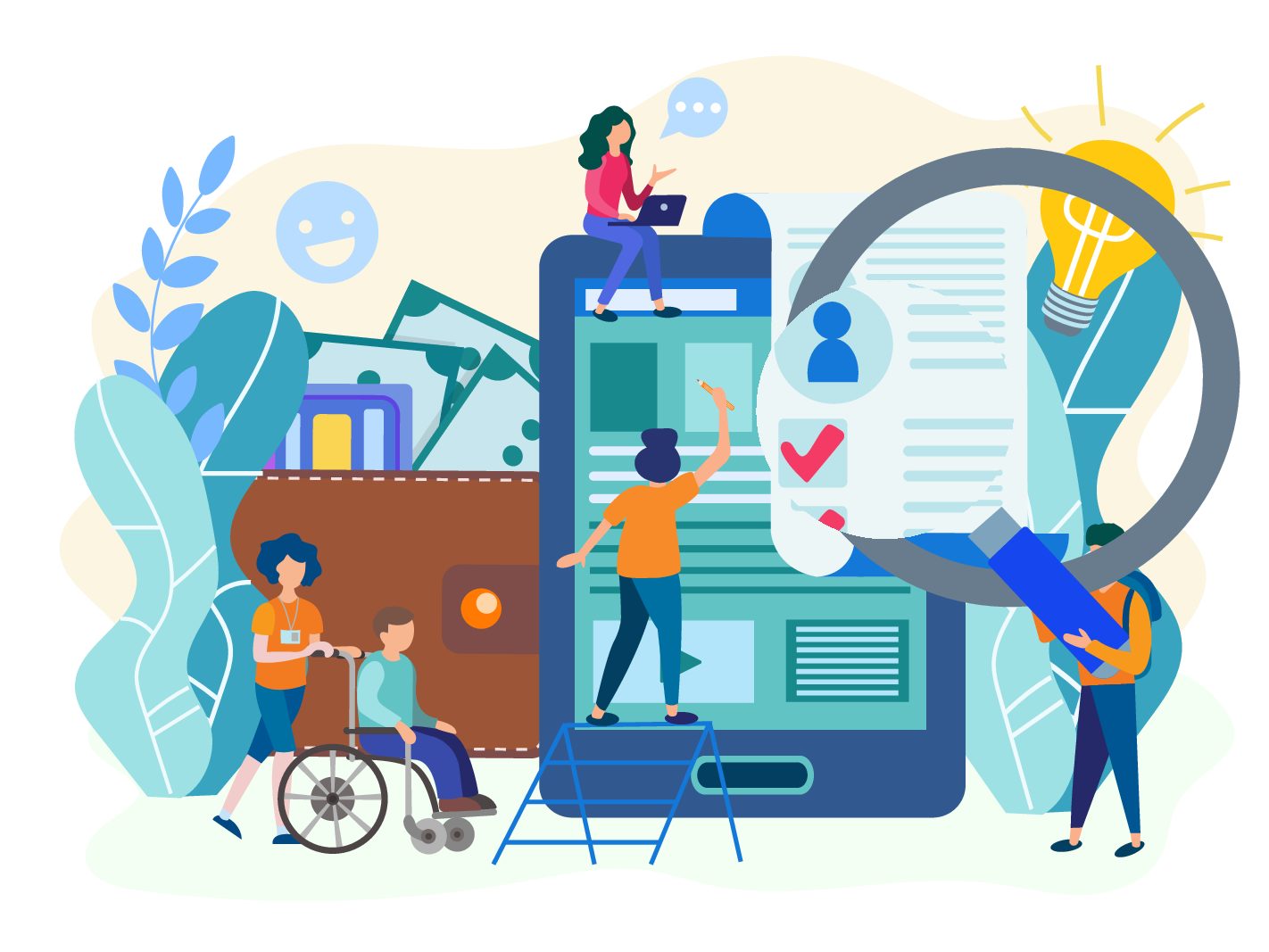Consumer tech has reduced daily friction for countless individuals, making it easier to control households, shop for groceries, and connect with loved ones. These technologies can be especially empowering for persons with disabilities, increasing accessibility and resolving frustrations of everyday activities. You may have seen related news in press releases and popular headlines: “Alexa is a Revelation to the Blind,” “Disabled Americans Deserve the Benefit of Self-Driving Cars,” “Amazon Alexa Can Help People With Autism Do More On Their Own.”
But are these technologies assistive? Disability nonprofit Understood.org defines assistive technology as “any device, software, or equipment that helps people work around their challenges.” Classifying a device or software as assistive technology (and/or related regulatory labels) can lead to insurance coverage and tax incentives. It can change how devices are viewed in healthcare settings and impact product research and design. In this article, we speak with bioethicist and disability scholar Dr. Joseph Stramondo about how to define assistive technologies in today’s consumer tech revolution.
What is assistive technology?
According to Dr. Stramondo, categorizing assistive technologies isn’t so simple. For example, I might use a broom to reach a folded blanket at the top of my closet. Does the broom help me work around my challenges? Sure, but we wouldn’t classify it as assistive.
Dr. Stramondo identifies assistive technologies by their impact on a person’s narrative—i.e., if the technology identifies someone as a member of a disability group. “Any given technology is assistive if it identifies a user as disabled because of the meaning the technology holds in our shared cultural imagination,” he says. For example, using a motorized wheelchair would impart a cultural indication of limited mobility, whereas using an autonomous vehicle would not. In this example, Dr. Stromondo would classify the motorized wheelchair as an assistive device, but not the AV.
The same concept holds true for multi-use devices or platforms. Computers, mobile devices, and smart speakers are helpful to disabled individuals, but their use doesn’t indicate participation in a disability group. However, certain apps or add-ons might. “A laptop is not assistive technology but screen reading software certainly is,” Dr. Stramondo says. While an iPhone would not be classified as assistive technology, LookTel (an app specifically that helps visually-impaired people count money) could be.
Under the right circumstances, tech features like Apple Watch’s fall detection setting could also be classified as assistive. “Features themselves should be understood as assistive technologies,” Dr. Stramondo said, “If only disabled people use these functions and if they are embedded in the story our culture tells about disability, then they are assistive, regardless of how they are activated.”
Assistive technology vs. medical necessity
Medicare, Medicaid, and most private insurers rely on an additional classification, medical necessity, to determine which purchases they will discount, subsidize, or reimburse. Medical necessity is a highly restrictive criterion, often requiring a physician’s prescription and alignment with national practices.
In Dr. Stramondo’s perspective, “I would not think that it would be helpful to determine whether a technology is assistive based on whether it is funded by health insurers, because so many very important technologies are now not funded since they don’t pass the test of medical necessity.” He offers the example of Laura Hershey, a muscular dystrophy patient who wrote a well-known essay about restrictive medical necessity requirements. “[I] would expect [the Muscular Dystrophy Association (MDA)] to provide a motorized wheelchair for anyone who wants one. Such a chair can boost a disabled person’s quality of life enormously,” she wrote, “Instead, MDA has very restrictive criteria for determining who receives a motorized wheelchair.”
Dr. Stramondo and others suggest alternative approaches, such as combining assistive technology definitions with quality of life evaluations, preventative care efforts, or compensatory justice.
Conclusion
By Dr. Stramondo’s analysis, today’s consumer tech sits in a middle ground. While not assistive technologies themselves, these devices and platforms support powerful assistive features, applications, and add-ons that play an increasingly valuable role in helping the disabled population manage their day-to-day lives.
However, more importantly, disability groups are key consumer technology users, regardless of product labels or categories. Inclusive approaches such as Universal Design ensure that consumer tech makes a difference in the lives of all potential users.
